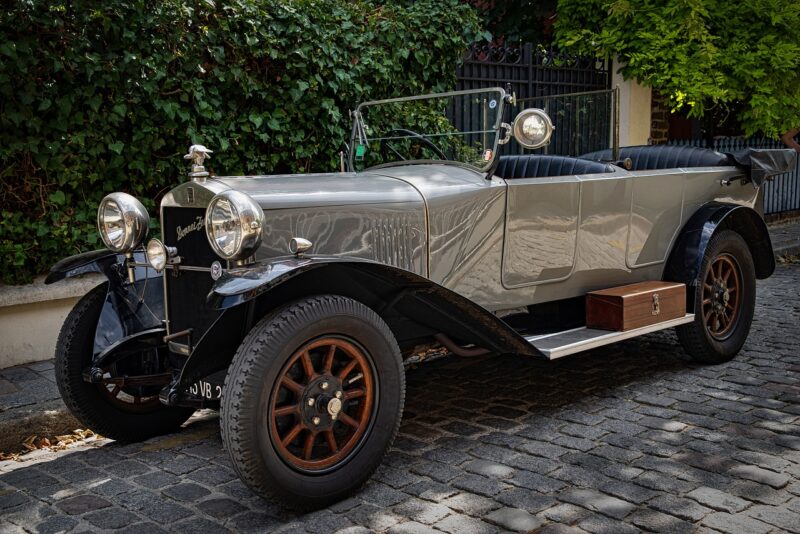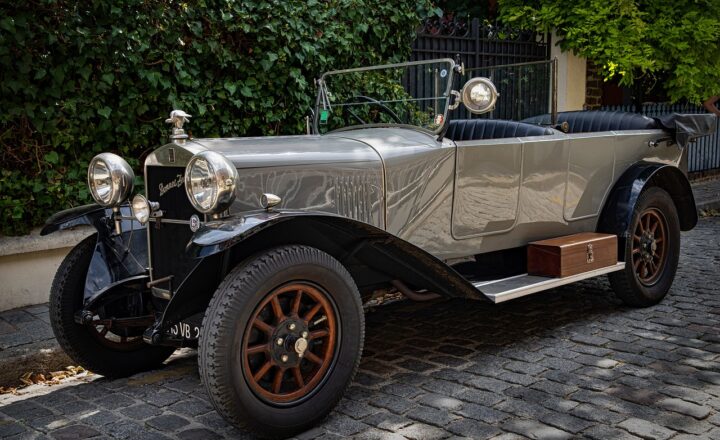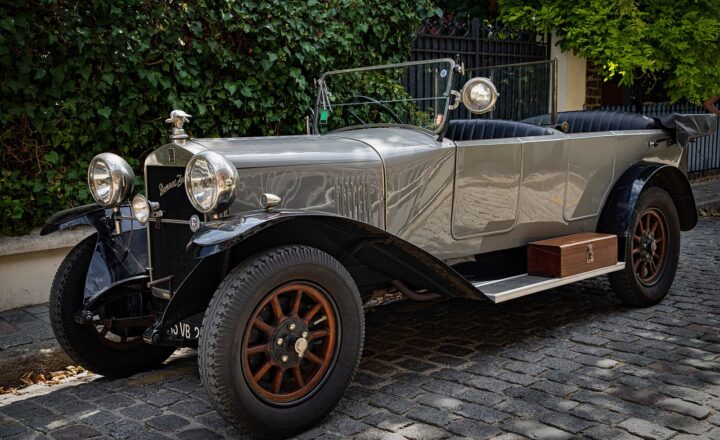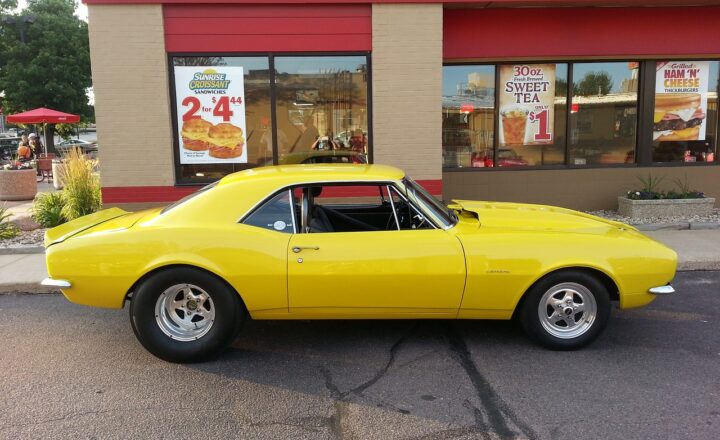
Classic cars hold a unique place in the hearts of enthusiasts and casual admirers alike. From their timeless silhouettes to their powerful engines, these vehicles encapsulate an era of elegance and excitement. However, beyond their beauty and nostalgia, classic cars come with fascinating histories that many might not know. In this article, we will explore ten little-known facts about cherished classic cars that will deepen your appreciation for these mechanical masterpieces.
1. The First Classic Cars Were Healthcare Heroes
Did you know that some of the earliest automobile designs aimed to address public health issues? In the early 1900s, cars like the 1913 Ford Model T helped reduce the dangers of horse-drawn carriages, which were common sources of disease and pollution. By replacing these outdated modes of transport, classic cars contributed to improving urban hygiene and safety.
2. The Original Nostalgia: Ferrari’s First Model Wasn’t a Sportscar
Many associate Ferrari with high-performance sports cars, but their first production model, the 125 S, debuted in 1947 and had a very different character. Powered by a 1.5L V12 engine, it was primarily designed for racing rather than everyday use, showcasing Ferrari’s commitment to blending speed and innovation from the very beginning.
3. Bugatti’s Name Ties to a Family of Artisans
The name Bugatti is synonymous with luxurious sports cars, but fewer know that it is derived from the founder’s heritage. Ettore Bugatti was born into a family of artists and architects in Italy, which influenced his design philosophy. His background in the arts led to the unique aesthetics that make Bugatti cars striking both in appearance and engineering.
4. The ‘K’ in ‘K-Car’ Stands for ‘Kanada’
The Chrysler K-platform vehicles, famously known for their spaciousness and comfort in the 1980s, carry an intriguing name origin. Chrysler named the K-platform after the Canadian engineering team that significantly contributed to its development, highlighting the transnational collaboration in the classic car industry.
5. Iconic Designs Inspired by Nature
Luxury brands like Aston Martin derived inspiration from nature in their designs, particularly the iconic Aston Martin DB5. The flowing curves of its body were directly influenced by the shape of a raindrop and its aerodynamics. This unique perspective led to stunning designs that not only emphasize beauty but also functionality and performance.
6. Eleanor: The Car Behind the Legend
The 1971 Mustang GT500 in the movie *Gone in 60 Seconds* became a pop culture phenomenon known as ‘Eleanor.’ What few know is that there were actually multiple cars used in the filming, not just one. The production team created several duplicates to perform different stunts, highlighting the creativity and innovation behind classic car films.
7. Volkswagen Beetle: More Than Just a Car
The Volkswagen Beetle isn’t just an iconic car; it played a significant role in history. Originally designed in the 1930s as the “people’s car” by Ferdinand Porsche, the Beetle was a simple, affordable vehicle aimed at boosting economy post-World War II. Its mass production became a symbol of recovery in Germany, making it much more than a mere automobile.
8. Unassuming Origins of the Chevrolet Corvette
The Chevrolet Corvette, a staple of American muscle cars, was initially inspired by European roadsters. Research and part-testing were conducted using a topless version of the Chevrolet’s existing line-up; it wasn’t until a few years down the line that the Corvette emerged as a dedicated performance vehicle with the iconic design we recognize today.
9. The Role of Women in Classic Car Design
While the car industry is often credited to men, history shows that women have played crucial roles. For example, Helen Keller was part of the design team for the first Cadillac car models. Her creativity and insights led to innovative features valued by women customers, revealing the critical yet often overlooked contributions of women in shaping classic automobiles.
10. The Rarest Classics: The One-off Specials
Some classic cars are unique, one-off specials that never saw mass production. For instance, the 1955 Ferrari 410 Sport Spider was constructed specifically for racing legend Juan Manuel Fangio and is now considered one of the rarest cars ever. These unique creations often fetch astronomical prices at auctions, making them the ultimate collectors’ items.
Conclusion
Classic cars are not merely vehicles; they are artifacts that embody history, culture, and innovation. Understanding these little-known facts can deepen your appreciation for their artistry and significance. Whether you’re an avid collector or just someone who admires these historic machines, knowing their backgrounds adds a layer of richness to our understanding of classic cars. Next time you see a classic car cruising down the street, remember stories behind them; you’ll see them in a whole new light.








